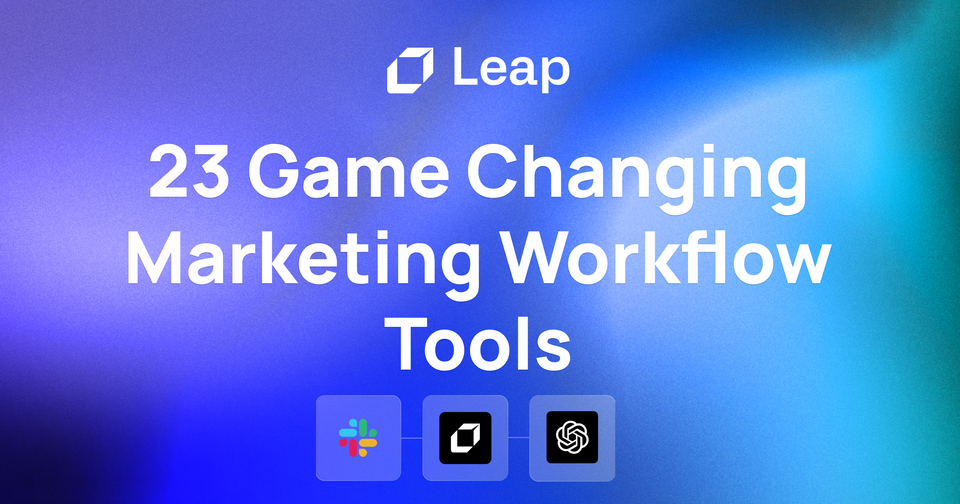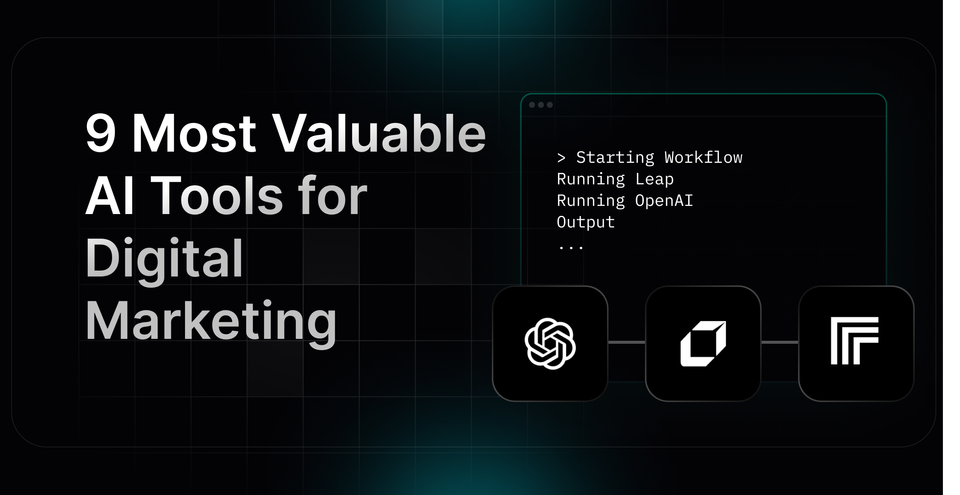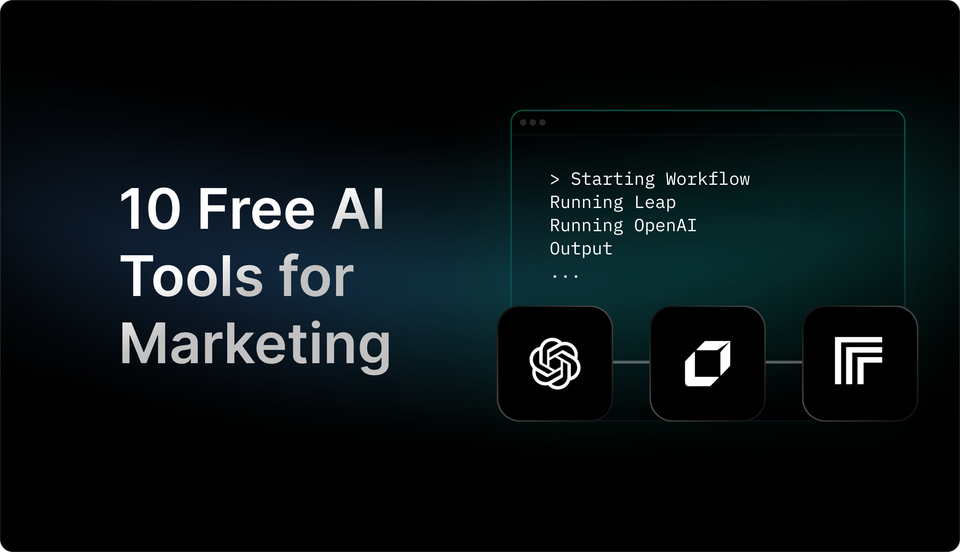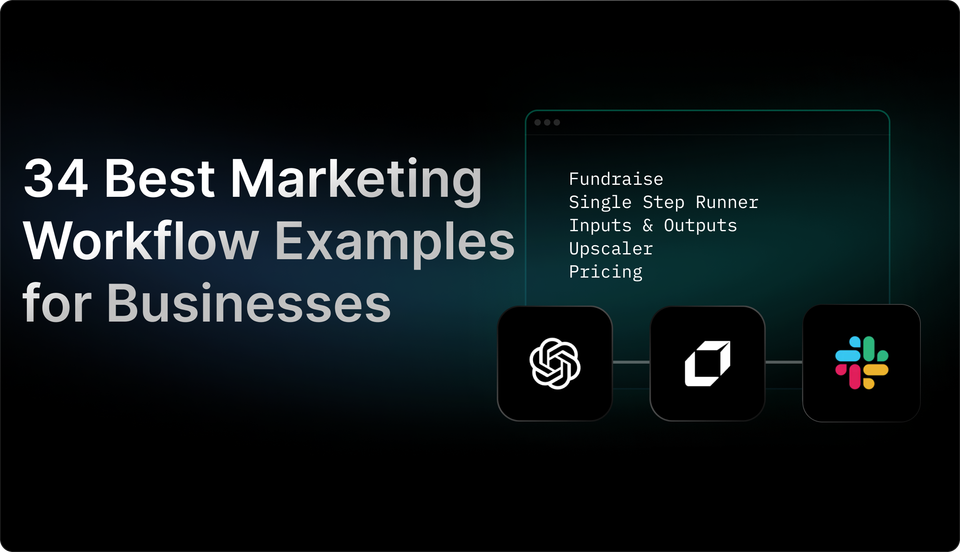Complete Guide On Creating A High Converting Digital Marketing Agency Workflow
Navigate the digital realm with ease! Uncover the secrets of a seamless digital marketing agency workflow for success in the online landscape.

In the fast-paced world of digital marketing, efficiency is paramount. A well-structured and streamlined digital marketing agency workflow is the key to success. From brainstorming captivating content ideas to analyzing performance metrics, each step in the marketing workflow plays a vital role in achieving business objectives.
So, what exactly goes into a digital marketing agency workflow? How can you optimize each stage to achieve maximum results? In this blog, we will delve into the intricacies of the marketing workflow and uncover the secrets to creating a seamless digital marketing strategy. Whether you're a seasoned marketer looking to enhance your existing workflow or a budding entrepreneur seeking insight into the world of digital marketing, this blog will provide you with a comprehensive guide to navigate the ever-evolving landscape of digital marketing agency workflow. Join us on this journey and unlock the potential of your marketing efforts.
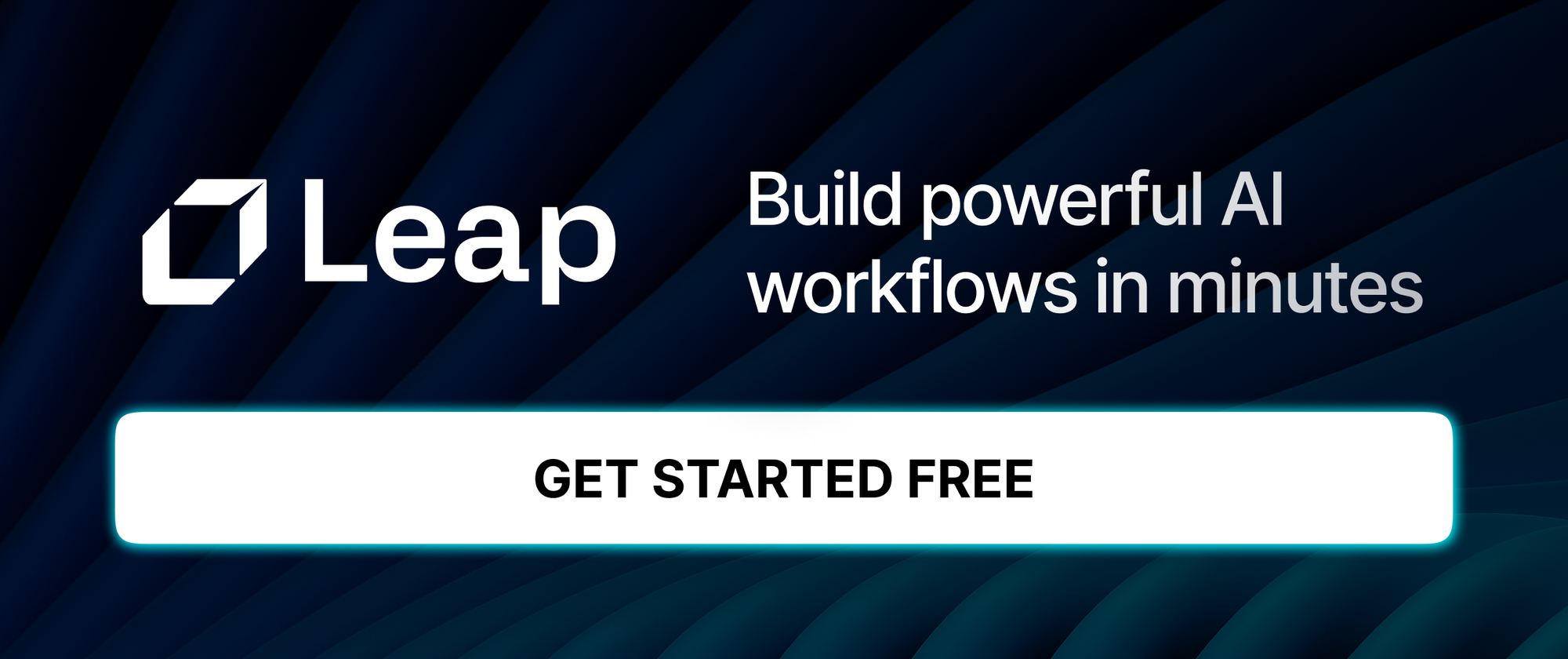
What Is A Digital Marketing Agency Workflow?

Staying organized and efficient is crucial for a successful agency. A digital marketing agency workflow refers to the processes and procedures implemented by top marketing agencies to manage their operations effectively. It encompasses various aspects, including the agency's internal marketing efforts, client management, team collaboration, and project management. By establishing a well-defined workflow, digital marketing agencies can enhance productivity, deliver exceptional results to clients, and drive growth.
1. Streamlining Internal Marketing Efforts: Nurturing Your Agency's Online Presence
A strong online presence is essential for any digital marketing agency. To attract potential clients and showcase their expertise, agencies need to focus on their internal marketing efforts. This includes creating engaging website content, optimizing search engine visibility, developing a robust social media strategy, and implementing email marketing campaigns. By streamlining these processes and utilizing automation tools, agencies can effectively manage their internal marketing efforts while saving time and resources.
2. Client Onboarding and Management: Building Strong Relationships from the Start
Client onboarding is a critical stage that sets the foundation for a successful partnership. Establishing a streamlined process ensures a smooth transition from prospect to client. This includes conducting thorough discovery calls, setting expectations, gathering essential information, and creating a detailed project plan. By implementing a client management system, agencies can efficiently track client interactions, manage deliverables, and provide exceptional customer service throughout the project lifecycle.
3. Project Management: Orchestrating Success with Effective Collaboration
Digital marketing projects often involve multiple team members working on different tasks simultaneously. Without a clear project management workflow, agencies risk miscommunication, missed deadlines, and subpar results. Adopting project management tools such as Trello, Asana, or Monday.com allows agencies to assign tasks, track progress, and facilitate collaboration. With transparent communication channels, accountability, and efficient task allocation, agencies can ensure the successful execution of projects.
4. Analytics and Reporting: Measuring Performance and Driving Data-Driven Strategies
Digital marketing agencies rely on data and analytics to evaluate campaign performance and make data-driven decisions. Implementing a workflow that includes regular reporting and analysis helps agencies track key performance indicators (KPIs), identify areas for improvement, and demonstrate the value delivered to clients. By utilizing tools like Google Analytics, agencies can gain actionable insights into website traffic, user behavior, and conversion rates, enabling them to optimize strategies for better results.
5. Continuous Learning and Improvement: Adapting to the Evolving Landscape
The digital marketing landscape is ever-changing, requiring agencies to stay updated with the latest trends, tools, and strategies. Incorporating a workflow that encourages continuous learning and improvement is crucial for long-term success. This can include attending industry conferences, participating in webinars, conducting internal training sessions, and fostering a culture of innovation within the agency. By staying ahead of the curve, digital marketing agencies can offer cutting-edge solutions to their clients and maintain a competitive edge.
By implementing a well-defined digital marketing agency workflow, agencies can streamline their processes, improve collaboration, and deliver exceptional results to their clients. From nurturing their own online presence to effectively managing client relationships, integrating project management tools, leveraging data-driven insights, and fostering a culture of continuous learning - an optimized workflow is the key to unlocking efficiency and success in the digital marketing industry.
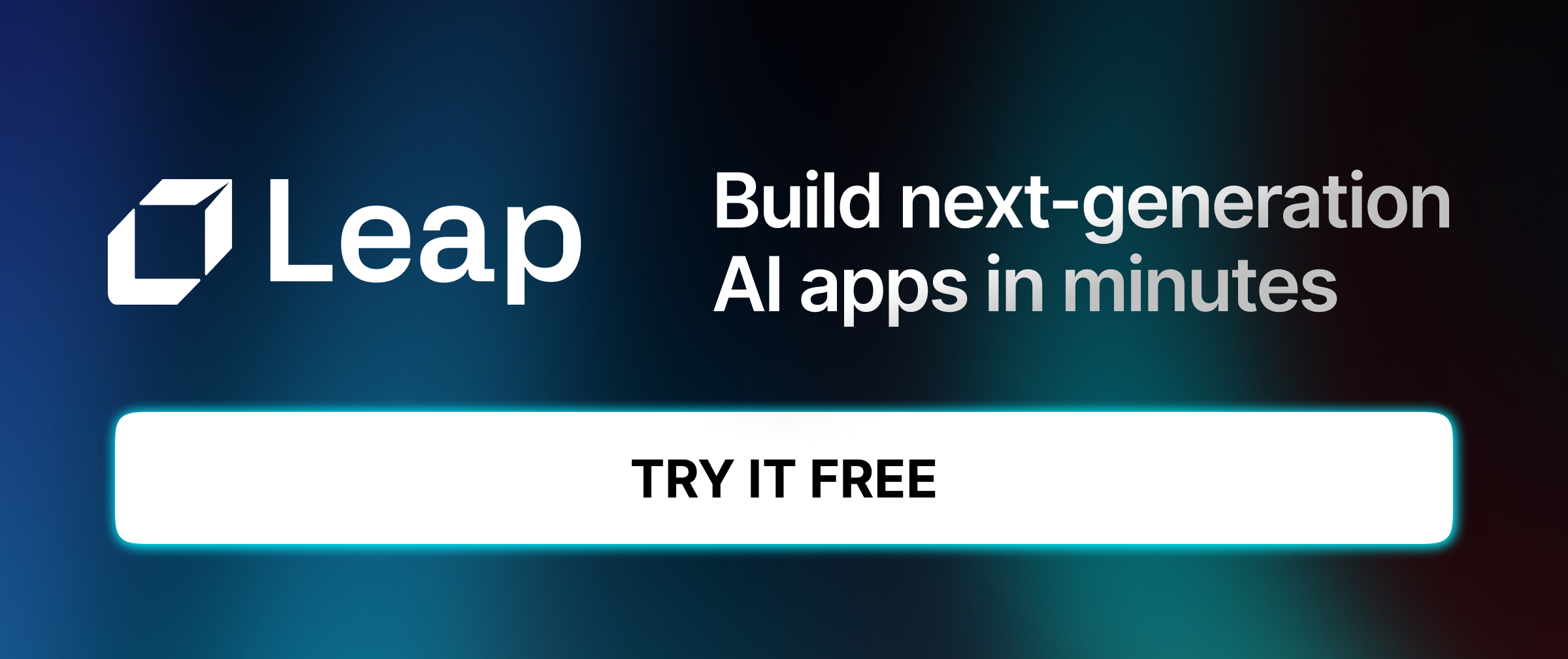
Related Reading
- Email Marketing Workflows
- Ai For Small Business Marketing
- Digital Marketing Workflow
- Content Marketing Workflows
Complete Guide On How To Create A High Converting Digital Marketing Agency Workflow

It is crucial for a marketing agency to have a well-defined workflow in order to maximize conversions and drive sales for their clients. A high converting digital marketing agency workflow encompasses a holistic marketing strategy that includes SEO, Google Ads, and optimized social media ads. We will explore each component of this workflow in detail, providing insights and strategies to help agencies create a powerful marketing strategy.
1. Holistic Marketing Strategy for the Agency
A holistic marketing strategy involves aligning all aspects of marketing to create a cohesive and comprehensive approach. This includes understanding the target audience, setting clear objectives, and selecting the most effective marketing channels. Here are the key steps to develop a holistic marketing strategy:
Define the target audience
Conduct market research to identify the demographic and psychographic characteristics of the target audience. This will help tailor marketing efforts to their specific needs and preferences.
Set clear objectives
Align marketing goals with the overall business objectives of the agency. Whether it's increasing brand awareness, generating leads, or boosting sales, clearly define what success looks like.
Select the right marketing channels
Identify the channels that are most effective in reaching the target audience. This may include a combination of SEO, Google Ads, social media, email marketing, content marketing, and more.
Develop a content strategy
Create compelling and relevant content that resonates with the target audience. This can be in the form of blog posts, videos, infographics, or podcasts. Consistency and quality are key.
2. SEO (Search Engine Optimization)
SEO is a fundamental component of any digital marketing strategy. It involves optimizing a website to rank higher in search engine results pages (SERPs) and attract organic traffic. Here's how to optimize your SEO efforts:
Keyword research
Identify relevant keywords that your target audience is searching for. Use tools like Google Keyword Planner or SEMrush to find high-volume and low-competition keywords.
On-page optimization
Optimize your website's meta tags, headings, URLs, and content to include the targeted keywords. Ensure that your website is user-friendly, mobile-optimized, and fast-loading.
Off-page optimization
Build high-quality backlinks from reputable websites to improve your website's authority and visibility. This can be done through guest blogging, influencer collaborations, or content syndication.
Regular monitoring and analysis
Track your website's performance using tools like Google Analytics. Monitor keyword rankings, organic traffic, and user behavior to identify areas for improvement.
3. Google Ads
Google Ads, formerly known as Google AdWords, is a powerful advertising platform that allows you to display ads on Google's search engine results pages and partner websites. Here's how to optimize your Google Ads campaigns:
Keyword research
Similar to SEO, conduct keyword research to identify relevant keywords for your ads. Use the Google Ads Keyword Planner to find high-volume and low-competition keywords.
Ad copywriting
Utilize David Ogilvy's ad-writing techniques to create compelling and persuasive ad copy. Focus on unique selling propositions, benefits, and calls to action that encourage users to take action.
A/B testing
Test different ad variations to identify the most effective messaging, headlines, and visuals. Continuously monitor and optimize your ad campaigns based on performance metrics such as click-through rates (CTR) and conversion rates.
Landing page optimization
Ensure that your landing pages are aligned with your ad copy and provide a seamless user experience. Optimize landing page design, load times, and clear calls to action to maximize conversions.
4. Social Media Advertising
Social media platforms provide an excellent opportunity to reach a wide audience and engage with potential customers. Here's how to optimize your social media ad campaigns:
Platform selection
Choose the social media platforms that align with your target audience. Facebook, Instagram, Twitter, LinkedIn, and Pinterest are popular choices, but select the ones that your target audience frequents the most.
Ad targeting
Leverage the targeting capabilities of social media platforms to reach the most relevant audience. Narrow down your audience based on demographics, interests, behaviors, and location.
Creative and ad copy
Use David Ogilvy's ad-writing techniques to create attention-grabbing ad copy and visuals. Focus on the unique benefits of your product or service and craft compelling calls to action.
Conversion tracking
Implement conversion tracking pixels on your website to measure the effectiveness of your social media ads. Monitor metrics such as click-through rates, engagement, and conversions to optimize your campaigns.
Creating a high converting digital marketing agency workflow requires a holistic marketing strategy that includes SEO, Google Ads, and social media advertising. By leveraging David Ogilvy's ad-writing techniques, agencies can create hyper unique and optimized ads that generate maximum sales and continue to convert over time. By following the steps outlined in this section, agencies can develop a powerful marketing strategy that drives results for their clients.
How To Understand Your Target Audience For A Campaign

When it comes to running a successful digital marketing campaign, understanding and identifying your target audience is crucial. After all, you can't effectively market your products or services if you don't know who you're targeting. We'll explore some strategies that digital marketing agencies can use to identify and understand their target audience for a campaign.
1. Conduct Market Research
The first step in identifying and understanding your target audience is to conduct thorough market research. This involves gathering data and insights about your industry, competitors, and potential customers. By analyzing market trends, consumer behavior, and competitor strategies, you can gain valuable insights into the needs, preferences, and demographics of your target audience.
2. Define Buyer Personas
Once you have collected data from your market research, it's time to create buyer personas. Buyer personas are fictional representations of your ideal customers based on real data and market research. They help you understand your target audience on a deeper level by considering factors such as age, gender, location, interests, pain points, and purchasing behaviors. By creating detailed buyer personas, you can tailor your marketing messages and strategies to resonate with your target audience.
3. Analyze Existing Customer Data
Another effective way to identify your target audience is by analyzing your existing customer data. By looking at the demographics, purchasing history, and engagement patterns of your current customers, you can gain insights into who your target audience might be. This data can also help you identify trends and patterns that can guide your marketing strategies.
4. Utilize Social Media Listening
Social media platforms provide a wealth of information about your target audience. By utilizing social media listening tools, you can monitor conversations, trends, and discussions related to your industry and brand. This can help you gain insights into your target audience's preferences, interests, and pain points. You can also engage directly with your audience on social media to gather feedback and understand their needs better.
5. Analyze Website Analytics
Your website analytics can provide valuable information about your target audience. By analyzing metrics such as website traffic, bounce rates, and conversion rates, you can gain insights into the behavior and preferences of your website visitors. This data can help you optimize your website and marketing strategies to better cater to your target audience's needs.
6. Conduct Surveys and Interviews
To gain a deeper understanding of your target audience, consider conducting surveys and interviews. These direct methods of research allow you to gather specific information and feedback from your target audience. You can ask questions about their preferences, pain points, and opinions, which can inform your marketing strategies and messaging.
7. Stay Updated with Industry Trends
It's essential for digital marketing agencies to stay updated with industry trends and changes. The digital landscape is constantly evolving, and new technologies and platforms emerge regularly. By staying informed, you can adapt your marketing strategies to meet the changing needs and preferences of your target audience.
Identifying and understanding your target audience is a crucial step in running a successful digital marketing campaign. By conducting market research, defining buyer personas, analyzing existing customer data, utilizing social media listening, analyzing website analytics, conducting surveys and interviews, and staying updated with industry trends, digital marketing agencies can gain valuable insights into their target audience's needs, preferences, and behaviors. Armed with this information, they can tailor their marketing strategies to effectively reach and engage their target audience.
Related Reading
- Marketing Automation Workflows
- Content Marketing Workflow
- Marketing Workflow Management
- Digital Marketing Workflows
- Marketing Workflow Examples
The Role of Content Creation and Optimization In A Digital Marketing Agency Workflow

When it comes to digital marketing, content creation and optimization are essential components of a successful workflow. In today's competitive online landscape, businesses need to develop high-quality content that engages their target audience and ranks well on search engine result pages (SERPs). We will explore the crucial role that content creation and optimization play in a digital marketing agency's workflow and how they contribute to achieving marketing goals.
1. Establishing Brand Identity and Engaging Audience
Content creation is the foundation of any digital marketing strategy. It allows businesses to establish their brand identity and communicate their unique value proposition to their target audience. By creating compelling and relevant content, a digital marketing agency can effectively engage the audience and build brand awareness.
2. Enhancing Search Engine Visibility
Optimizing content for search engines is vital to ensure that it reaches a wider audience. Through strategic keyword research and optimization techniques, a digital marketing agency can maximize the visibility of its clients' content on search engine result pages. This process involves incorporating relevant keywords, optimizing meta tags, and creating SEO-friendly URLs, among other techniques.
3. Driving Organic Traffic
The primary goal of any digital marketing agency is to drive organic traffic to its clients' websites. High-quality content that is optimized for search engines plays a significant role in achieving this objective. By creating valuable and informative content, a digital marketing agency can attract organic traffic from targeted keywords and phrases, ultimately increasing the chances of conversions.
4. Building Authority and Credibility
Content creation and optimization are instrumental in building authority and credibility in a particular industry or niche. By consistently producing informative and well-researched content, a digital marketing agency can position its clients as thought leaders and experts in their respective fields. This, in turn, can enhance brand reputation and increase customer trust.
5. Supporting Lead Generation and Conversion
Content can serve as a powerful tool for generating leads and driving conversions. By creating compelling calls-to-action within their content, digital marketing agencies can guide potential customers through the sales funnel. Well-optimized landing pages and content offers can entice visitors to provide their contact information, allowing for effective lead nurturing and conversion.
6. Monitoring and Analyzing Performance
Content creation and optimization are not one-time tasks; they require continuous monitoring and analysis to ensure maximum effectiveness. A digital marketing agency must regularly track key performance metrics, such as website traffic, bounce rates, and conversion rates, to understand how their content is performing. This data can then be used to refine their content strategy and make data-driven decisions.
In a digital marketing agency workflow, content creation and optimization are vital components that contribute to achieving marketing goals. From establishing brand identity and engaging the audience to driving organic traffic and supporting lead generation, the role of content cannot be overstated. By focusing on creating high-quality content that is optimized for search engines, a digital marketing agency can help its clients succeed in the competitive online landscape.
How Digital Marketing Agencies Can Benefit From No-Code Tools for Their Workflows

1. Streamlining Project Management
No-code tools can greatly benefit digital marketing agencies by streamlining their project management processes. These tools enable agencies to create customized workflows, assign tasks to team members, set deadlines, and track progress in a more efficient and organized manner. With the ability to automate repetitive tasks and notifications, no-code tools reduce the risk of human error and ensure that projects stay on track.
2. Enhancing Collaboration and Communication
Effective collaboration and communication are essential for the success of any digital marketing agency. No-code tools offer features that facilitate seamless collaboration among team members, regardless of their physical location.
These tools enable real-time editing and commenting, allowing multiple team members to work on the same project simultaneously. They also provide central repositories for documents and files, ensuring that everyone has access to the most up-to-date information. As a result, no-code tools improve team productivity and foster better communication within the agency.
3. Improving Client Collaboration and Transparency
Digital marketing agencies often work closely with clients, and no-code tools can help enhance collaboration and transparency in these relationships. These tools allow agencies to create client portals or dashboards where clients can view project progress, provide feedback, and access relevant documents. By giving clients visibility into the workflow and the ability to provide real-time feedback, no-code tools promote better client-agency relationships and increase client satisfaction.
4. Automating and Scaling Marketing Campaigns
No-code tools offer a range of automation capabilities that can significantly benefit digital marketing agencies. These tools enable agencies to automate repetitive tasks such as social media scheduling, email marketing, and data analysis.
By automating these processes, agencies can save time and resources, allowing them to focus on more strategic and creative aspects of their campaigns. No-code tools enable agencies to scale their marketing efforts by providing templates and reusable components that can be easily replicated across multiple campaigns.
5. Analyzing and Optimizing Performance
Data analysis is crucial for digital marketing agencies to measure the success of their campaigns and make informed decisions. No-code tools often come with built-in analytics capabilities, allowing agencies to track and analyze key performance metrics in real-time. These tools provide visualizations and reports that help agencies identify trends, strengths, and weaknesses in their marketing strategies. By leveraging these insights, agencies can optimize their campaigns and make data-driven decisions to achieve better results for their clients.
Digital marketing agencies can greatly benefit from incorporating no-code tools into their internal and marketing workflows. These tools streamline project management, enhance collaboration and communication, improve client collaboration and transparency, automate and scale marketing campaigns, and enable data analysis for optimizing performance. By leveraging the power of no-code tools, agencies can increase efficiency, productivity, and client satisfaction, ultimately driving better results for their businesses.
Create Game Changing Automations Today With Leap’s AI Workflows
Streamlining your digital marketing agency workflow is essential for maximizing productivity and efficiency. With the power of AI and automation, Leap Workflows revolutionizes the way you work, allowing you to create custom AI automations without any coding required. Let's dive into the key features and benefits of Leap Workflows that can supercharge your digital marketing agency.
1. Harnessing the Power of AI: Simplify and Automate Tasks
With Leap Workflows, you can leverage AI to automate repetitive and time-consuming tasks, freeing up valuable time for your team to focus on more strategic and creative aspects of their work. Whether it's summarizing documents, translating voice recordings, transcribing calls, or generating AI avatars and assets, Leap Workflows can handle it all. By automating these tasks, you can significantly increase your team's overall productivity and efficiency.
2. Seamless Integration with Your Favorite Tools
Leap Workflows seamlessly integrates with a wide range of popular tools and platforms, including Zapier, Vercel, OpenAI, Microsoft, and more. This integration allows you to connect the tools you already love and use, and enhance their capabilities with powerful AI integrations. Whether you're managing your social media campaigns, optimizing your website for SEO, or analyzing data, Leap Workflows can integrate with your existing tools to supercharge your workflows.
3. Customizable AI Automations: Tailored to Your Needs
One of the standout features of Leap Workflows is its flexibility and customization options. You can create sophisticated AI automations that are tailor-made to suit your digital marketing agency's specific needs. Whether you need to automate content creation, analyze sentiment analysis in social media posts, or generate personalized emails, Leap Workflows provides the tools to build custom workflows that align with your unique requirements.
4. Endless Possibilities for Automation
The opportunities for automation with Leap Workflows are truly endless. From automating keyword research and SEO analysis to generating reports and analyzing campaign performance, you can streamline every aspect of your digital marketing agency workflow. By harnessing the power of AI, you can achieve faster turnaround times, eliminate human error, and optimize your overall processes for better results.
Ready to Supercharge Your Digital Marketing Agency Workflow?
Try Leap's Workflows tool for free today and experience the transformative power of AI automation. With Leap Workflows, you can revolutionize your digital marketing agency's operations, enhance productivity, and unlock new opportunities for growth. Don't settle for manual and repetitive tasks when you can automate them and focus on what really matters: delivering exceptional results for your clients. Take the leap with Leap Workflows and elevate your digital marketing agency to new heights.

